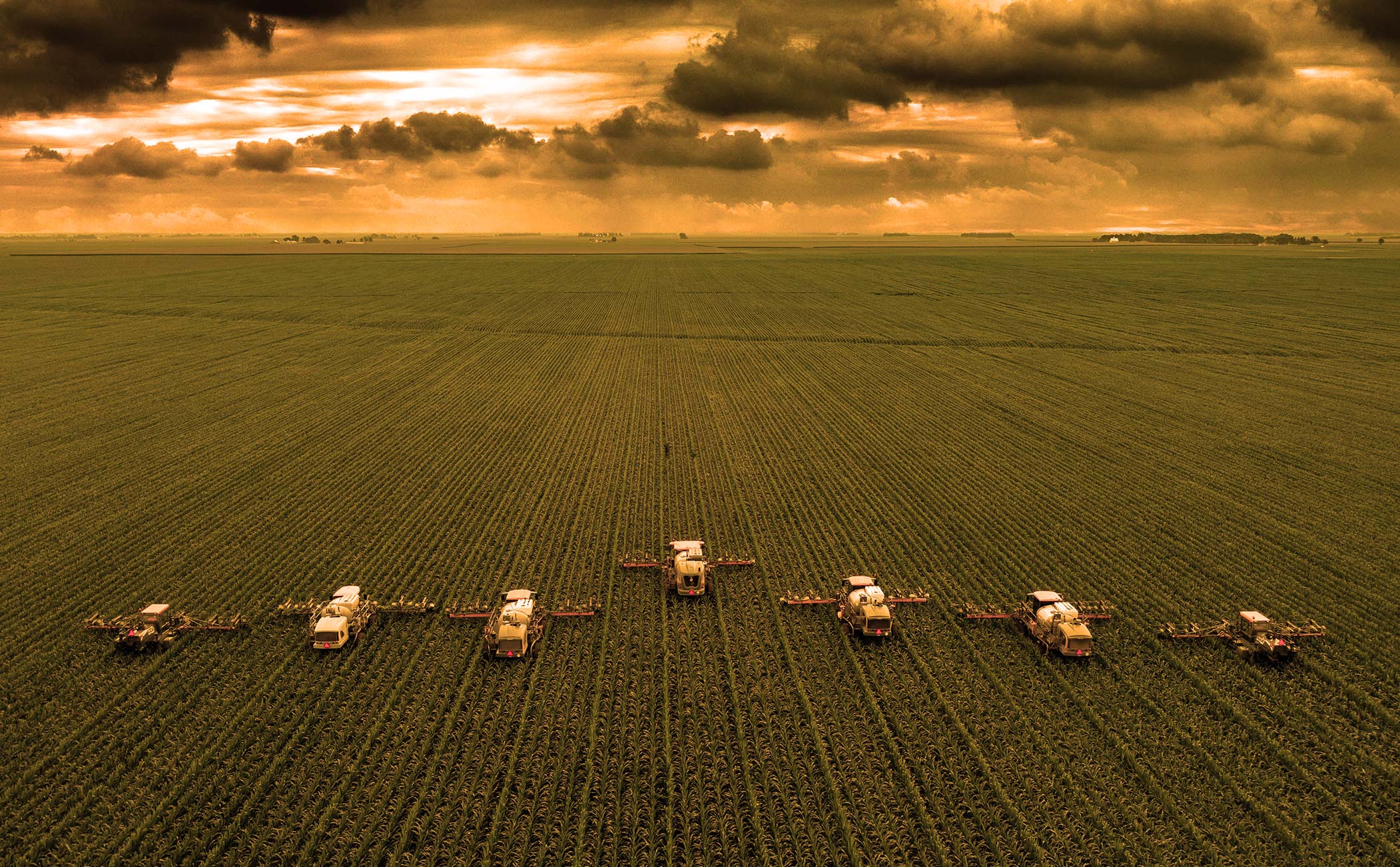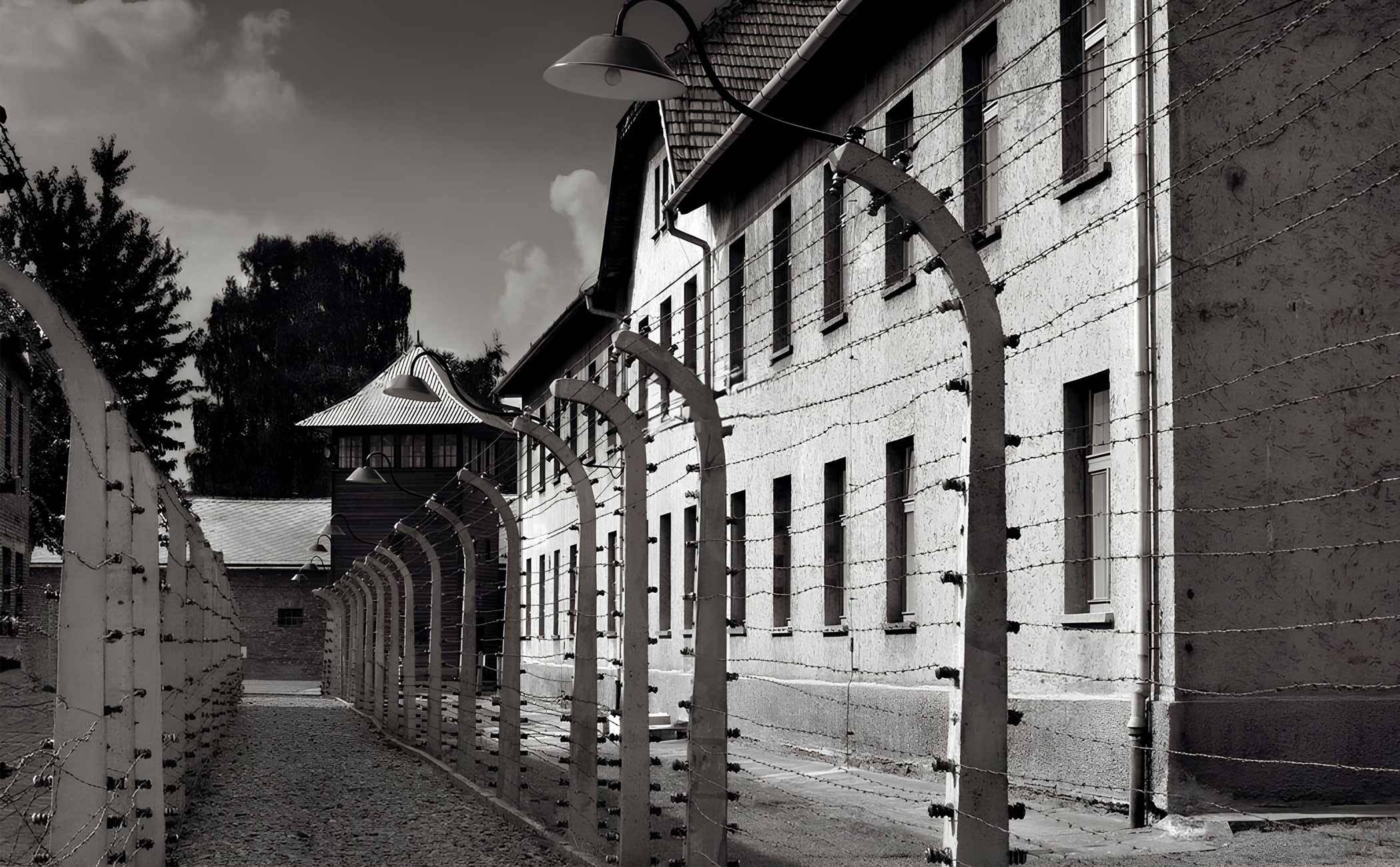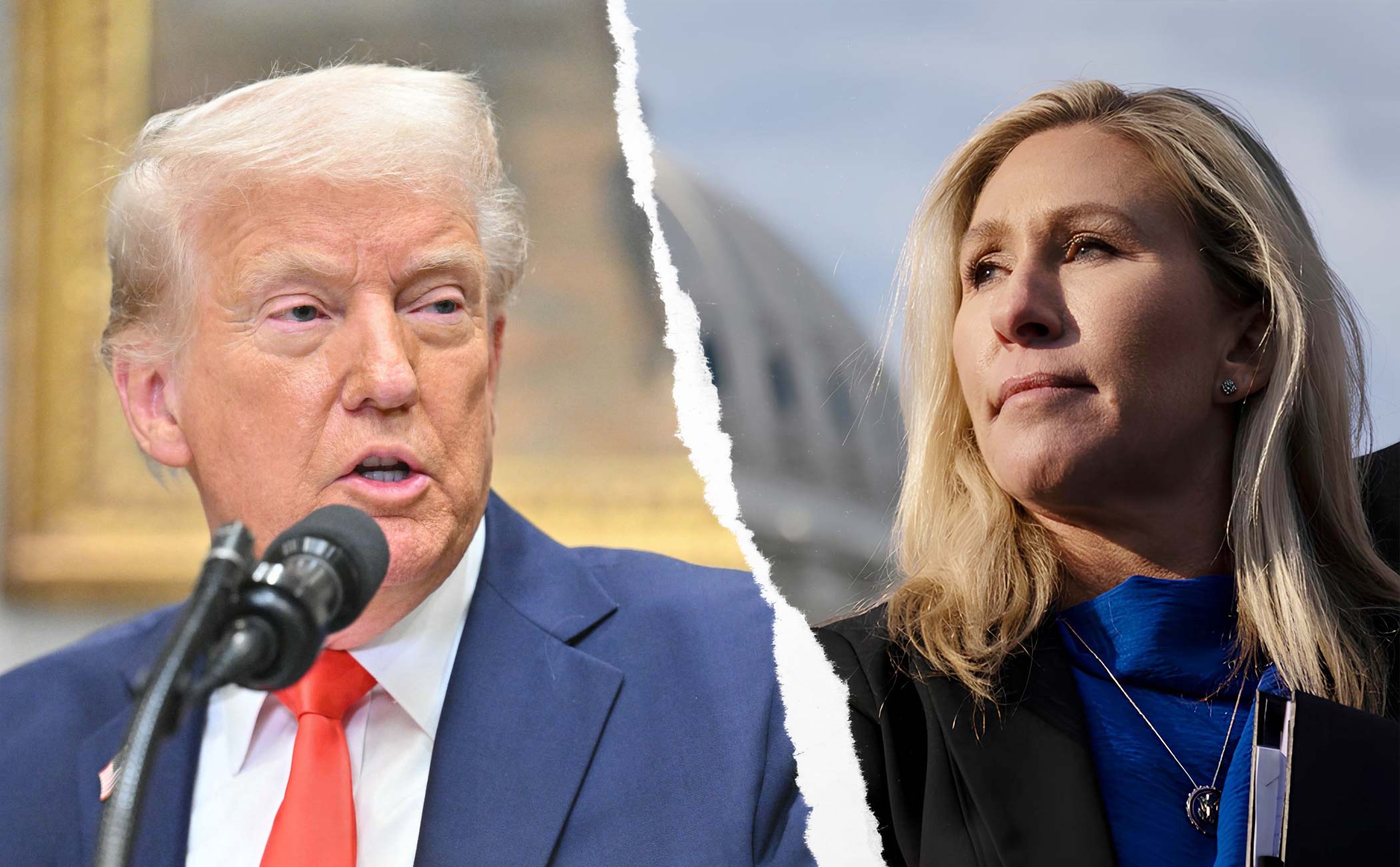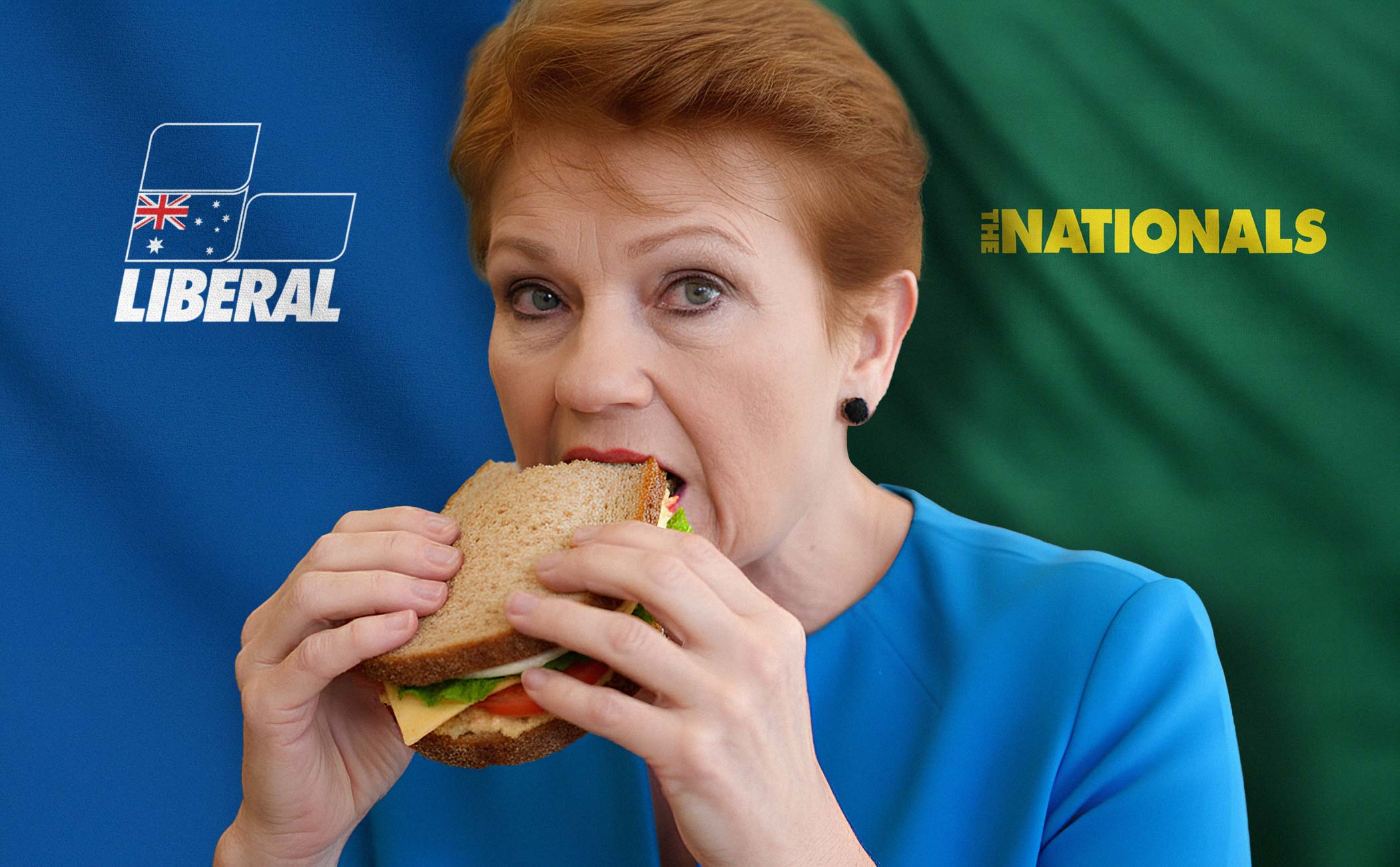Coalition Collapse: What Happened
In May 2025, Australia’s long-standing Coalition between the Liberal and National parties broke down, signalling a major shift in the country’s political landscape. Nationals leader David Littleproud officially announced the end of the Coalition agreement on May 20, citing irreconcilable differences in policy direction and leadership priorities. This is the third major split in Coalition history, drawing comparisons to the breakups of 1987 and earlier periods of tension.
By May 28, a temporary reunification was achieved following internal negotiations and concessions on key policy points—including nuclear energy development, expanded regional infrastructure funding, and telecommunications investment.
What Drove the Coalition Split
Policy Clashes: Climate, Energy & the Bush
At the heart of the Coalition’s breakdown in 2025 were long-standing policy disagreements, especially around climate and energy. The Liberal Party has increasingly embraced policies favouring nuclear energy, net-zero emissions targets, and urban-focused innovation. In contrast, the Nationals, representing rural and regional voters, prioritised agriculture, fossil fuel security, and infrastructure development in non-metropolitan areas. These differing priorities resulted in a political stalemate over how to manage the renewable energy transition, national infrastructure funding, and the regulation of foreign ownership in farmland. The inability to find common ground on these foundational issues ultimately exposed the fragile alliance between the two parties.
Leadership Dynamics: Ley vs Littleproud
Beyond policy, leadership differences between Sussan Ley and David Littleproud added fuel to the fire. Ley, a prominent Liberal figure, pushed for a more progressive and urban-centred image for the party, appealing to younger and metropolitan voters. Littleproud, on the other hand, remained focused on rural advocacy, calling for a reset of the Coalition’s internal power balance to better reflect regional Australia’s voice. This clash of vision, tone, and electoral focus further complicated attempts at unity. While both leaders were navigating genuine concerns from their constituencies, their divergent strategies made reconciliation difficult—until policy concessions were negotiated to temporarily bridge the divide.
Political Fallout: Opportunities and Risks
The Coalition split in 2025 introduced both uncertainty and opportunity across the political spectrum. On one hand, Sussan Ley emerged with greater influence, reshaping the Liberal Party’s direction toward a more modern and urban-centric opposition platform. Meanwhile, the Nationals leveraged the breakaway to secure stronger commitments to rural priorities through renegotiation. Though the rupture initially risked weakening the broader opposition, some political analysts and party insiders described it as a “healthy reset.” This reset, they argue, could ultimately result in more distinct and responsive party platforms, better aligned with their respective voter bases and campaign strategies heading into the next federal election.
Reactions from Media and Public
Media coverage and public response to the Coalition split reflected a wide range of interpretations. Independent outlet Crikey referred to the move as a “pragmatic rupture,” suggesting the fallout was the culmination of long-building internal tensions. Several MPs described the breakup as “necessary for renewal,” highlighting the value of re-evaluation within both parties. However, others voiced concern over the potential for voter disillusionment and “disunity fatigue.” Early polls indicated a divided reaction: urban Australians tended to support the Liberals’ renewed clarity on climate policy, while rural voters largely backed the Nationals’ assertive push for regional development and infrastructure investment.
What’s Next for the Coalition
Although a temporary reconciliation between the Liberals and Nationals has been achieved, the future of their alliance remains uncertain. Without a formal structural framework to manage ongoing policy differences and leadership dynamics, many political observers predict that further splits are likely. Key concerns include aligning regional and metropolitan priorities while maintaining a unified opposition stance. As of mid-2025, shadow cabinet negotiations are still in progress, and both parties continue to recalibrate their platforms in response to internal pressures and public expectations.
FAQs
Why did the Nationals end the Coalition in 2025?
The Nationals withdrew due to disagreements on climate, energy, and rural infrastructure priorities, and leadership tensions between Littleproud and Ley.
What policy areas caused the breakdown?
Key issues included nuclear energy, net-zero emissions, foreign ownership of farmland, and regional development funding.
Is this a permanent split or is reconciliation likely?
A temporary reconciliation was achieved on May 28, 2025, with agreed policy compromises, but long-term cooperation remains uncertain.
How does this affect the opposition’s shadow cabinet?
Leadership roles and shadow portfolios are still being negotiated, potentially reshaping the opposition’s strategic focus in Parliament.








